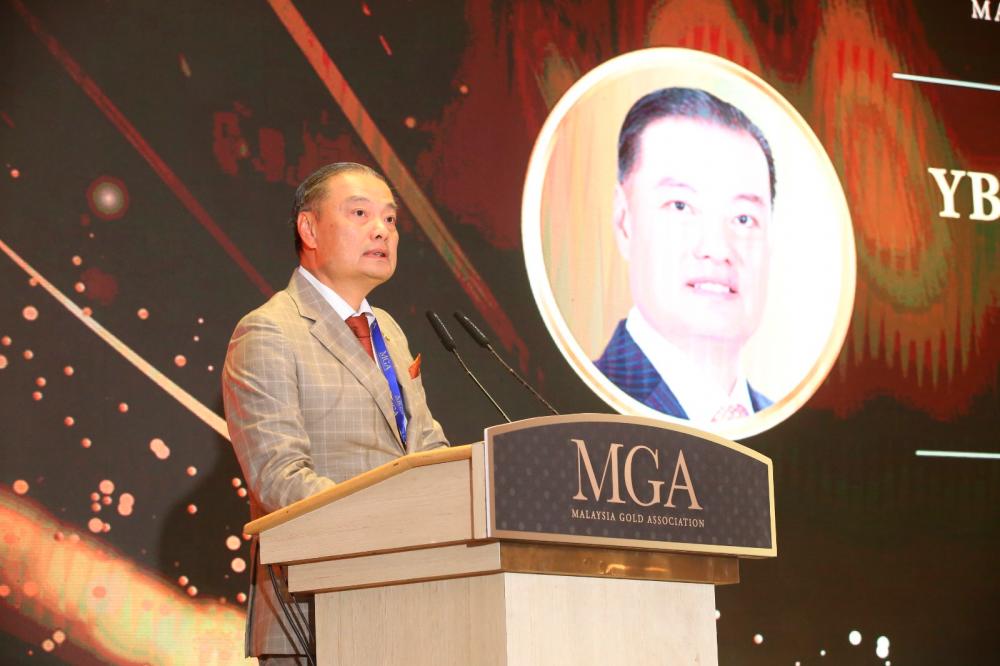KUALA LUMPUR: The average price of gold is projected to increase by 6.1% in 2024 to US$2,059 (RM9,806) per ounce (28.35 grams) compared with the average price of US$1,940.54 (RM9241.82) in 2023, said London Bullion Market Association (LBMA).
According to its senior adviser, Jeremy East, the expected increment in gold prices will be underpinned by three main drivers – US monetary policy, central bank activity and geopolitical risks.
He explained that central banks have been a key driver of gold, as evidenced by notable net buying recorded last year, which supported global gold demand.
“Central bank buying continued to be strong through 2023, (involving) net purchases of 1,037 tonnes which is 4.3% lower than 1,136 tonnes recorded in 2022.
“Based on the World Gold Council Survey May 2023, a quarter of central banks reported plans to increase reserves in 2023 into 2024,“ he said in a video presentation at the 2nd Edition Gold Conference 2024 today.
In addition, LBMA expects China to lead the way as the People’s Bank of China was a net buyer for 14 consecutive months as of end-2023.
East noted that the Chinese central bank purchased an estimated 230 tonnes last year, with declared gold reserves at 2,226 tonnes.
“Poland (100 tonnes) and Singapore (75 tonnes) were also notably active buyers to end-October,“ he said.
Meanwhile, Malaysian Gold Association (MGA) president Datuk Wira Louis Ng said the price of gold in Malaysia is expected to reach US$2,200 (RM10,474) per ounce this year, compared to around US$2,030 (RM9,664) currently.
He explained that demand for gold is increasing not only from central banks, but also from retailers and companies due to economic uncertainty as well as geopolitical tensions.
Ng said the MGA has submitted a proposal to the government that the threshold value for the imposition of Luxury Goods Tax for the purchase of gold be increased to RM50,000 compared to the RM10,000 threshold, with a tax rate of 5%.
“Many players in the jewelry industry are concerned that the imposition of this new tax risks affecting the entire industry, which currently involves hundreds of thousands of jobs,“ he added.
Established in 2014, MGA has over the years played a role in advancing local precious metals industry through various activities from active involvement in national policy making to maintaining regional gold standards.
Gathering over 300 global precious metals leaders and key industry players from varied countries around the world, this conference saw world gold leaders share valuable insights on global gold market trends and highlighted its potentials for international trades.









